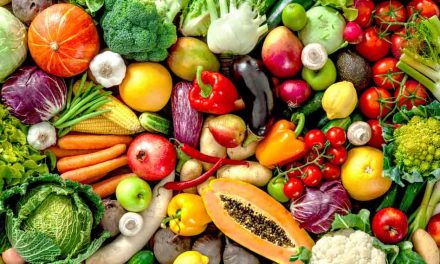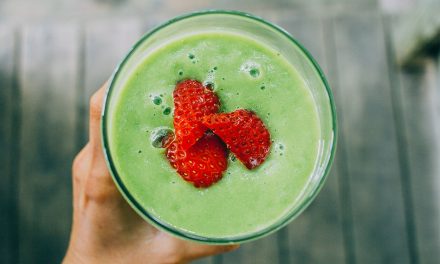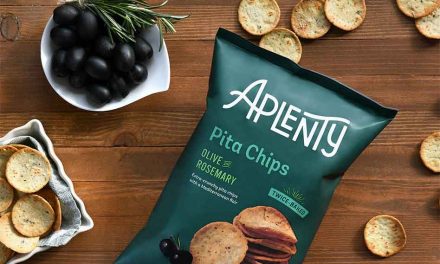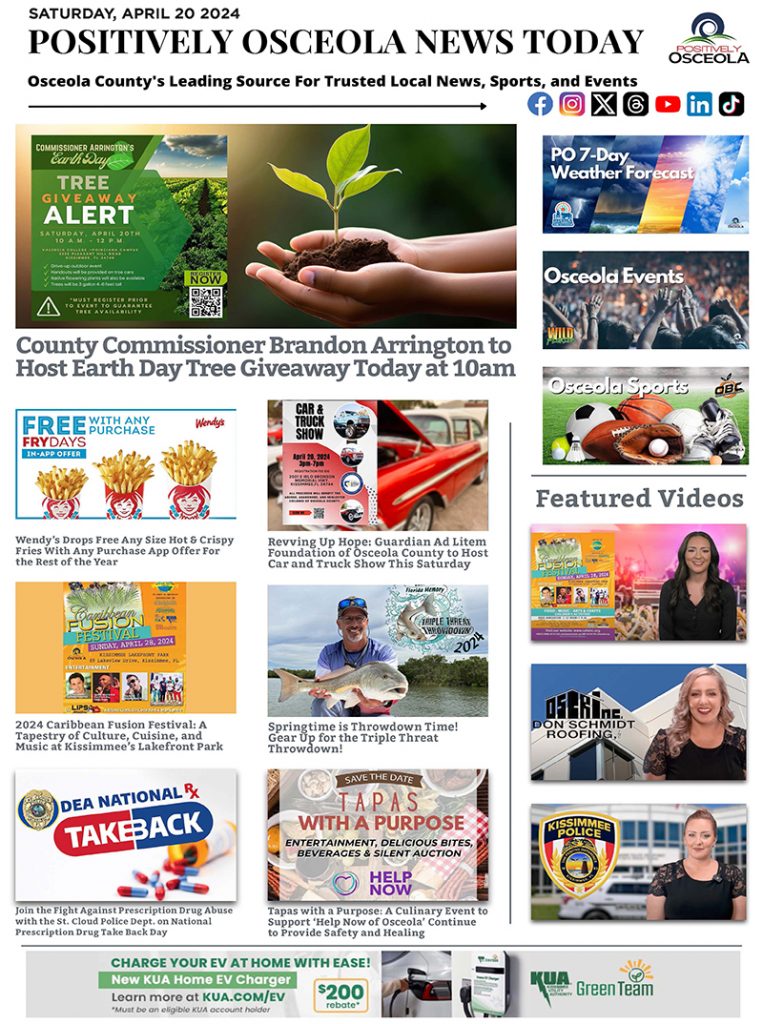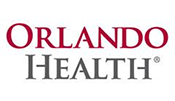
Jacqueline Griffiths, RD
Registered Dietician
Orlando Health
Adopting healthy lifestyle behaviors can help you manage the risk of developing or worsening uncontrolled high blood pressure. This is important because when we have hypertension (also known as high blood pressure), we increase our risk of developing additional health-related complications.
The Silent Killer
Hypertension is often referred to as the silent killer because many patients with high blood pressure do not have any obvious symptoms to alert them or they ignore micro symptoms which may naturally occur, such as headaches. Left unchecked, uncontrolled high blood pressure can increase the risk of several medical conditions.
- High blood pressure is considered a significant risk factor for:
- Angina
- Heart attack
- Heart failure
- Kidney disease or failure
- Peripheral artery disease (PAD)
- Stroke
- Vision loss
Doing It Naturally
Lifestyle changes such as consuming a low sodium diet, selecting minimally processed or refined foods and maintaining regular physical activity are all good starting points to help control your blood pressure naturally.
The alternative — uncontrolled high blood pressure — can lead to damaged arteries throughout your body. These can eventually cause blocked or obstructed blood flow to some of your most vital organs such as your kidneys, heart, brain and eyes.
With increased awareness of how to naturally control hypertension, you can gradually develop mindful eating habits and sustained healthy lifestyle behaviors.
Here are a dozen ways to do that:
- Choose fresh or frozen fruits and vegetables, with no added juices or sauces.
- Use the saltshaker less often while eating, cooking, and dining out.
- Limit your salt consumption to no more than 2300mg/daily, as recommended by the Dietary Guidelines for Americans.
- Choose food options that have less than 140 milligrams of sodium per serving.
- Always check the nutrition label for sodium content. A 20% or greater daily value per serving size is considered high.
- Look for low-sodium options of condiments like ketchup or barbecue sauce.
- Choose more fresh, whole foods versus processed foods.
- Opt for fresh meats, which are lower in sodium than processed meats like hot dogs and bacon).
- Use sodium-free seasonings for recipes that call for salt.
- Add flavor to food with fresh herbs, lemon juice or vinegar.
- Choose food items that read “salt-free” or “low sodium” on the label.
- When dining out:
- Select meat and fish options that are grilled, baked or broiled
- Limit salad dressings that are high in sodium/calories
- Pass on items with thick gravy or sauce
- Don’t be shy — request that your food is prepared with limited or no salt.
A DASH Will Do
I recommend a healthy eating pattern like the DASH (Dietary Approaches to Stop Hypertension), which is rich in whole grains, fruits, vegetables, lean meat and low-fat dairy foods. It also places limits on red meat, added fats, and sugar-sweetened beverages.
Get creative and try some low-sodium recipes such as roasted kale salad, chili-lime chicken kabobs, or even or a chocolate pudding made with avocado and banana.
Chances are you won’t miss the salt and you’ll be on your way to controlling your blood pressure naturally.
For more information visit OrlandoHealth.com


